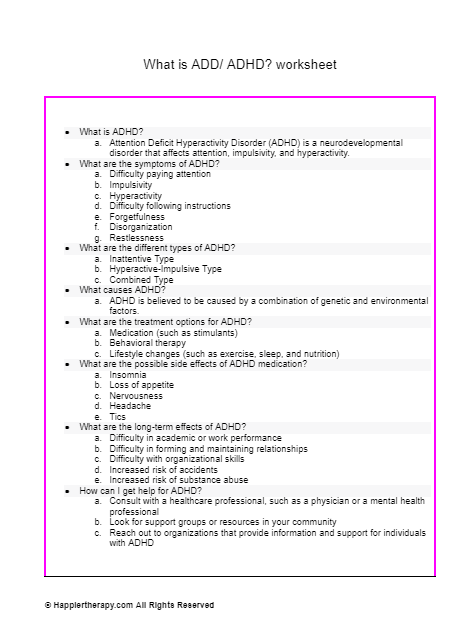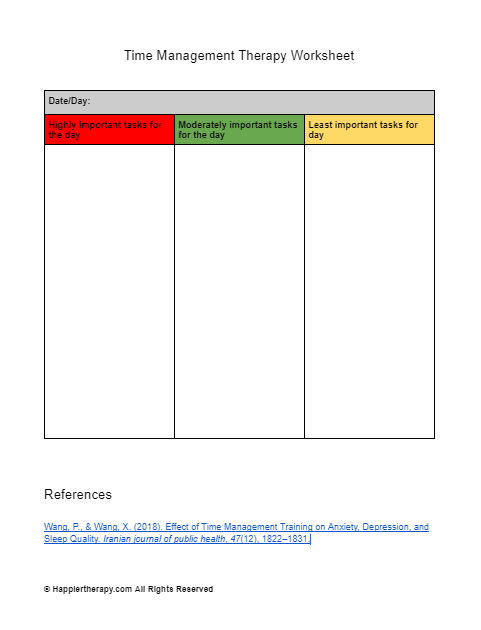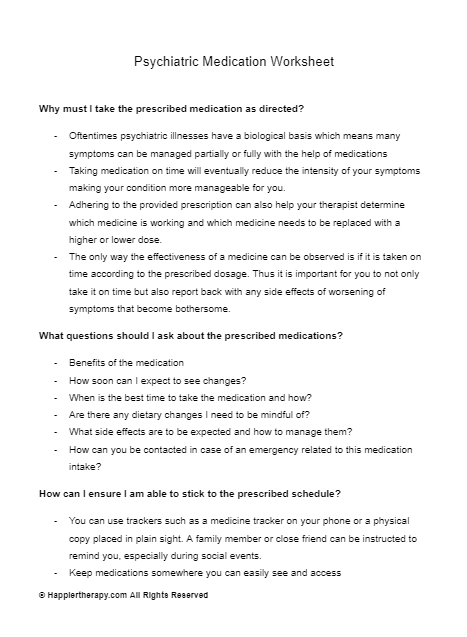ADHD Math Worksheet
Download Worksheet
What is the theory behind this ADHD Math Worksheet?
Attention Deficit Hyperactivity Disorder (ADHD) is a common neurodevelopmental disorder that is mostly diagnosed in early to late childhood. Students with ADHD have difficulty in solving Math problems because they require reading and writing skills along with recalling previous learning of mathematical concepts. The focus it requires to organise and make sense of small details is overwhelming for them. There are certain strategies that can be adopted to help students with ADHD to perform better at Math.
How will the worksheet help?
The worksheet will provide some accommodations that can help teachers make maths assignments and tests easier for their students with ADHD. It can help guide remedial teachers, those teaching in inclusive schools or even parents tutoring their kids at home.
How to use the worksheet?
This guide can be shared with teachers in teacher-training programs organised by schools. It can also be shared with parents in ADHD awareness sessions, family therapy sessions or parent-teacher meetings in the school.

 By
By


